INTRODUCTION
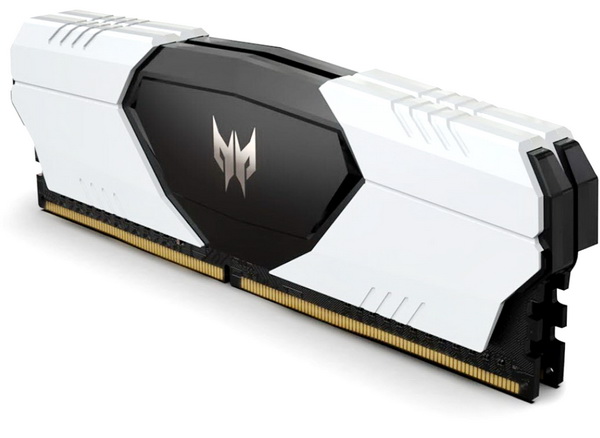
DDR5 may be one of the hottest topics in the industry right now but the truth of the matter is it will take long before it can replace DDR4, not only due to compatibility (Z690 motherboards are the only compatible ones currently) but also due to severe chip shortages (something which could drag until Q2/Q3 2022). Still with speeds surpassing 5GHz for some kits DDR4 can still effectively support the vast majority of the market especially those who are looking for high capacities rather than high speeds and low timings. Earlier this year ACER tasked BIWIN to create their very own Predator line of PC hardware and after testing the very good Apollo RGB 32GB DDR4 4000MHz CL17 dual-channel kit (review here) today with me i have the more "down to earth" model, the Predator Talos 32GB DDR4 3200MHz CL 16 Dual-Channel Kit.
Predator branded storage products are designed and manufactured by BIWIN Storage Technology company, a leading maker of quality flash memory, DRAM memory and solid-state drives (SSDs). Delivering premium products for serious gamers and overclocking enthusiasts looking for the ultimate experience, our mission is to provide best-in-class memory modules and solid-state drives that enhance overall system performance and gameplay. Defined by faster speeds and gaming-inspired design, these Predator storage products are built to be the Number One choice for gamers worldwide. Founded in 2010, BIWIN focuses on providing global customers with high-quality storage products and specializes in the research, development, manufacturing and sales of memory chip application products.
With the Predator Talos Acer aims to cover most users something which is evident by the large number of available modules and kits. To be more specific right now the Predator Talos is available in single (8/16/32GB) and dual (2x8/16/32GB) channel configurations with frequencies going all the way to 4800MHz (2666/3000/3200/3600/4000/4133/4266/4400/4500/4600/4800MHz), CAS latency timings as low as 14 (3200/3600MHz CL14 - 3000/3200/3600MHZ CL16 - 4000MHZ CL17 - 2666/3600MHZ CL18 - 4000/4133/4266/4400/4500/4600/4800MHZ CL19) and voltages all the way up to 1.5v. The Predator Talos are also equipped with thick zinc alloy heatspreaders dressed with plastic covers (no wonder Acer gave this the name of an ancient Greek automaton made out of bronze) we find dual rank single D-Die memory chips by Samsung (at least with the kit at hand). As with most high-end kits in the market the entire Predator Talos line of DDR4 kits by Acer is covered by a limited lifetime warranty.
SPECIFICATIONS AND FEATURES

PACKAGING AND CONTENTS
The kit is packed inside a medium sized box that has a product picture at the front right under the line logo and the included capacity and speed.
At the rear of the box, we find the features list under a few words about the warranty and next to several certifications.
Just the user manual is bundled with the Predator Talos kit.
#
THE PREDATOR TALOS 32GB DDR4 3200MHZ CL16
Acer has used very thick black and white zinc alloy heatspreaders (the white pieces are made out of plastic) with the Predator Talos RAM.
On a small sticker at the rear of each module you can find the timings, capacity, rank (single/dual) and speed.
Unlike other RAM modules the zinc alloy heatspreaders of the Talos cover the top of the module.
As always in order to have a better idea about their size (45mm top to bottom) I placed the Talos module right next to the Neo Forza FAYE, XPG D45 (review soon) and the Acer PREDATOR Apollo modules.
The lack of RGB lighting means these modules don't stand out very much.
Here you can see a few words about the kit from Thaiphoon burner.
TEST BED


TESTING METHODOLOGY
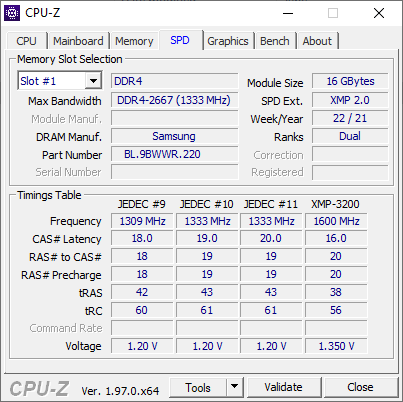
Thanks to XMP (2.0) profiles the only thing one needs to do in order to run this RAM kit at its advertised frequency, timings and voltages is to choose/enable it from within the Bios and reboot. That being said if you're into overclocking you may not wish to use the main XMP profile but instead to choose your very own frequency, timings and voltages to achieve even higher performance numbers and that's exactly what we'll also be doing during our DDR4 tests. To be more specific aside testing each kit with its XMP profile we will also be upping the voltages (up to 1.4V max – even though most kits can function at higher voltages I don’t recommend doing so / RAM modules that use 1.4V-145V will be tested up to 1.5V and kits that run with 1.5V up to 1.55V) and frequencies (200MHZ increments) until i find the maximum achievable stable frequency. I also thought about upping voltages and reducing timings instead of increasing the frequency of the modules as high as it can go (always stable and without going over 1.4V) but the end results are pretty much identical.
As for the how I'll be testing each DDR4 Quad/Dual-Kit to arrive in the lab well there aren't that many benchmark programs that only test RAM (or at least RAM and CPU without anything else coming into play) but I’ve got most of them and so you will be seeing results from following benchmarking programs, AIDA64 Engineer Edition, Cinebench Release 20, MaxMemm2 (because we are getting low performance numbers this doesn't seem to play well with our test rig - probably because of the X299 architecture - but we decided to include it regardless), Passmark Performance Test 9, Sisoftware Sandra Titanium and WPrime v1.55. All tests are performed on a fresh Windows 10 Pro installation (complete with all updates until the day of this review) and are repeated a total of 6 times after which the average numbers get recorded into the charts.
* In addition to Quad-Channel tests since March 2020 I’ll also be using the brand new I9-9900K+Z390 DARK test rig (check above) for Dual-Channel RAM tests.
** Since May 2020 three game benchmarks (Assassin’s Creed Odyssey, GEARS 5 and Metro Exodus tested on the X299 system at 1080p resolution and with the ASUS ROG RTX2060 OC set at Gaming Mode) have also been added in the charts.
*** In September 2021 i replaced the Intel I9-9900K+Z390 DARK test rig for a brand new Intel I9-11900K+Z590 DARK one (you can access all the Z390 DARK based tests here).
TEST RESULTS - XMP PROFILE / DUAL CHANNEL







TEST RESULTS - OVERCLOCK / DUAL CHANNEL
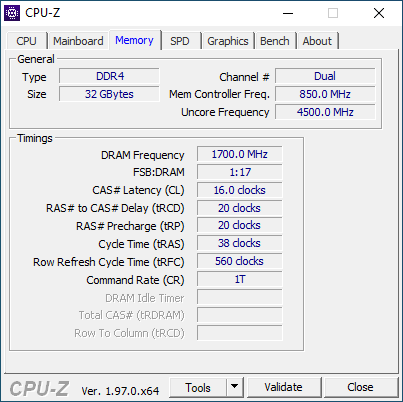
Going up to 3400MHz was possible even with just 1.37V (was unable to climb any high with up to 1.4V however).



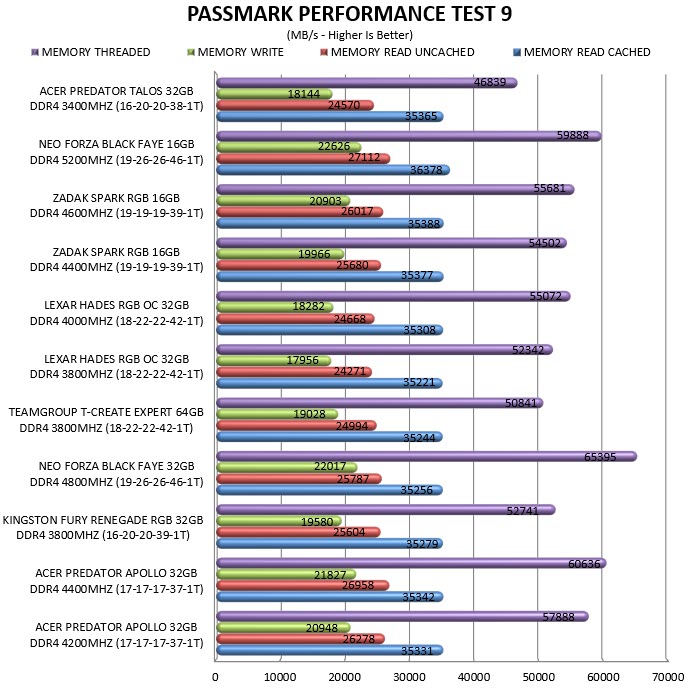


CONCLUSION
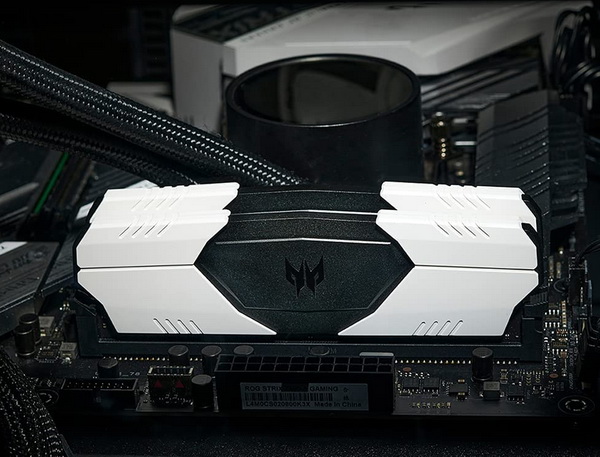
The Predator Talos line by Acer (BIWIN) may not be quite as impressive as the Predator Apollo line (not just due to the lack of RGB lighting but also because of the available frequencies and heatspreader finish/design) but it too stands out. Its heatspreaders are not only ideal for either black and/or white systems but their thickness also adds to their looks (the Zinc alloy should also help with temperatures). Stock performance is ok and just what you’d expect from an 3200MHz CL16 kit which unfortunately doesn’t get much direct competition in my charts (currently all other models are faster). Unfortunately, overclocking headroom was not quite what I was expecting and so I was only able to squeeze another 200MHz without going over 1.4V. Still if overclocking is your thing and you’re willing to go higher you should be able to hit much higher frequencies than I did with the Predator Talos kit.
Currently the Predator Talos 32GB DDR4 3200MHz CL16 dual-channel kit by Acer retails for just USD107.99 inside the USA (Newegg.com) and for around 220Euros inside the EU so once again I find myself in front of a price gap which I’m unable to explain. This is also why I can honestly recommend checking the Predator Talos 32GB 3200MHz CL16 dual-channel kit by Acer out if you’re living on the other side of the Atlantic, it’s certainly worth that (as for the EU I can just hope Acer – BIWIN – resolves the mass difference in price).
PROS
- Build Quality
- Zinc Alloy Heatspreaders (Cooling Efficiency)
- Good Performance (Up To 3400MHz CL16)
- Available Kits
- Limited Lifetime Warranty
CONS
- Dual Channel Kits Only
- Overclocking Potential (For Some)
- EU Price (For Some)

 O-Sense
O-Sense





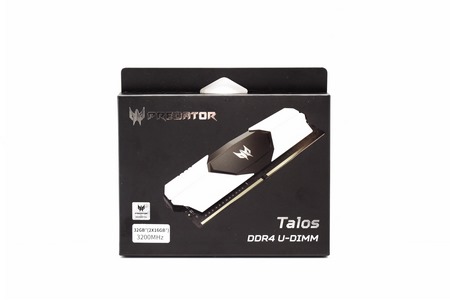










.png)

